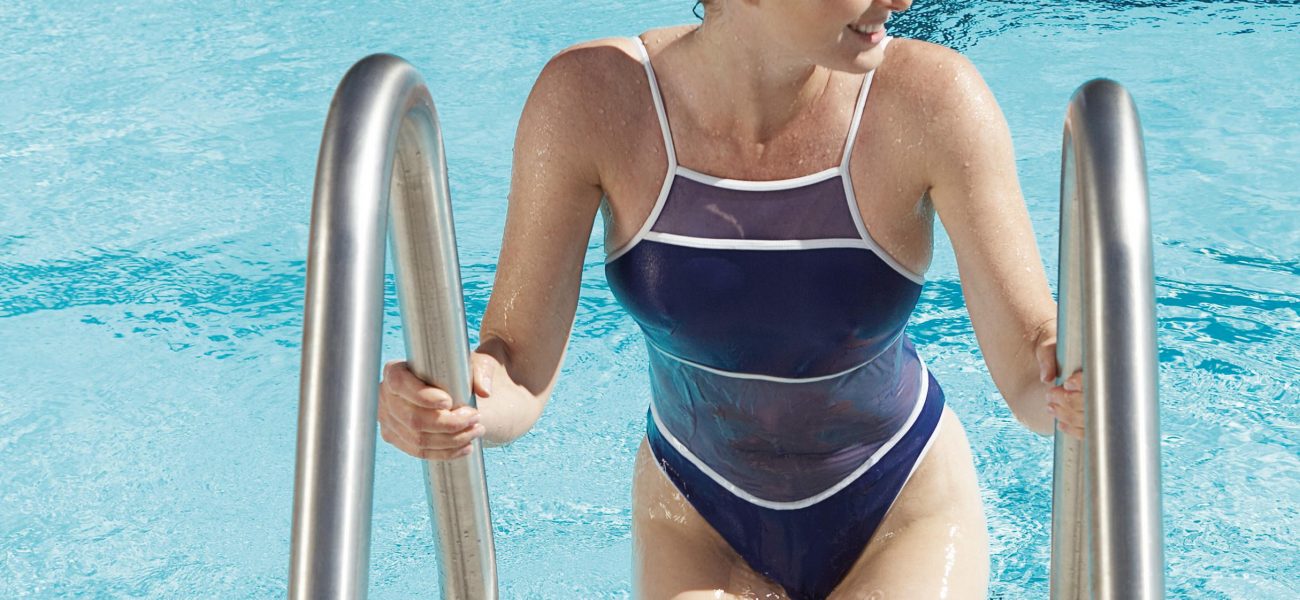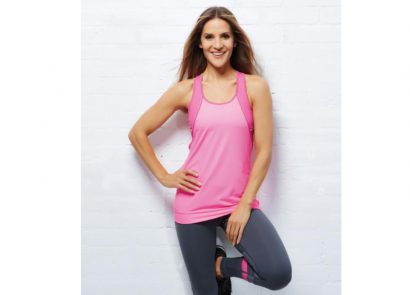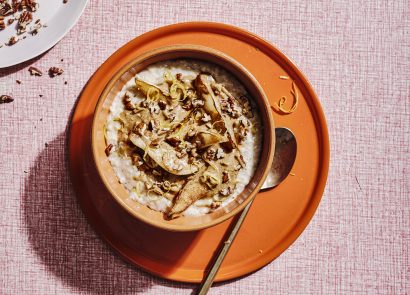It’s easy to get stuck in a rut with your training. While it’s effective, the usual treadmill and dumbbells combination can become a bit repetitive. So, this summer, why not leave the gym behind and head for the water instead? Swimming gives you a full body workout, especially your upper body and core, compared to other sports. Also, you’ll be less likely to get injured. Not only that, but you’ll also increase your flexibility, reduce your mortality risk and improve your mental wellbeing.
It’s a great slimming tool too, as Zoe Liokalou-Lensbury, swim coordinator at Swimming Nature (swimmingnature.com) explains. “Swimming at a medium intensity is great for weight loss when combined with a calorie controlled diet. No other workout burns calories, boosts metabolism and firms every muscle in your body. All without putting stress on your joints.” To help you on your way, we’ve got expert tips and tricks for when you’re in the pool, plus some easy workout plans.
Annie Emmerson, Speedo coach and former ITU triathlete and duathlete (speedo.co.uk), gives us a rundown of the four main swimming strokes and reveals which ones are best for burning calories.
*These figures are based on the number of calories a 46-year-old female weighing 70kg will burn if swimming for 30 minutes at a steady pace.*
-

-
Front crawl Burns 213 calories*
- “This is often the preferred stroke of seasoned swimmers. It uses alternating arm movements with an above water recovery. Whilst your legs kick to help stabilise your body in the water. This is the fastest and most efficient stroke. So, you’ll work your cardiovascular system longer and harder than the other moves. It’ll give you a great overall body workout as it uses nearly every part of your body.”
-
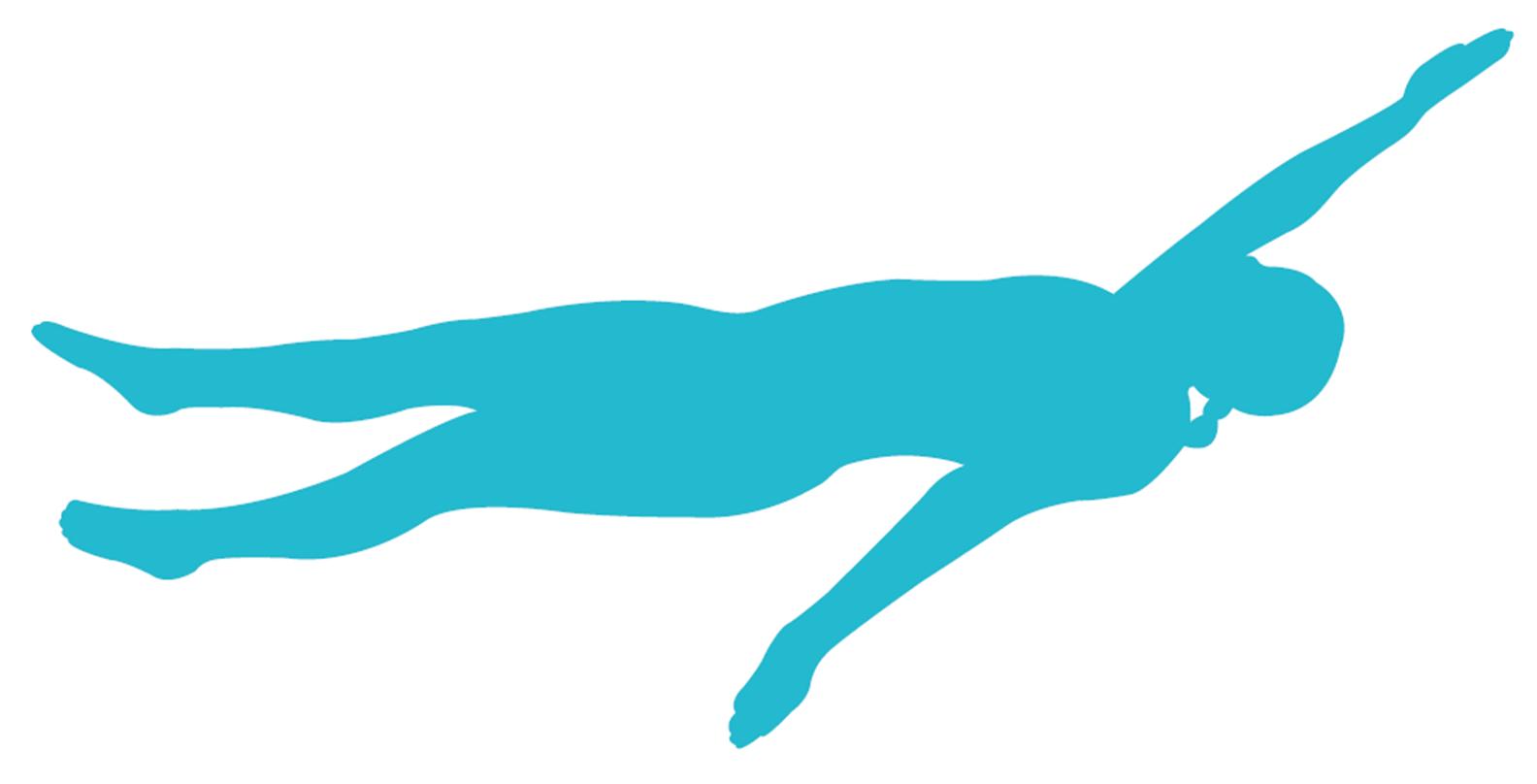
-
Backstroke Burns 176 calories*
- “The backstroke kick is a flutter kick. This means that your legs alternatively kick up and down. The advantages of this stroke are that it’s more powerful than breaststroke and, as you perform it facing upwards, breathing issues are avoided. It’s a good remedy for back problems and is the best stroke for recovery.”
-
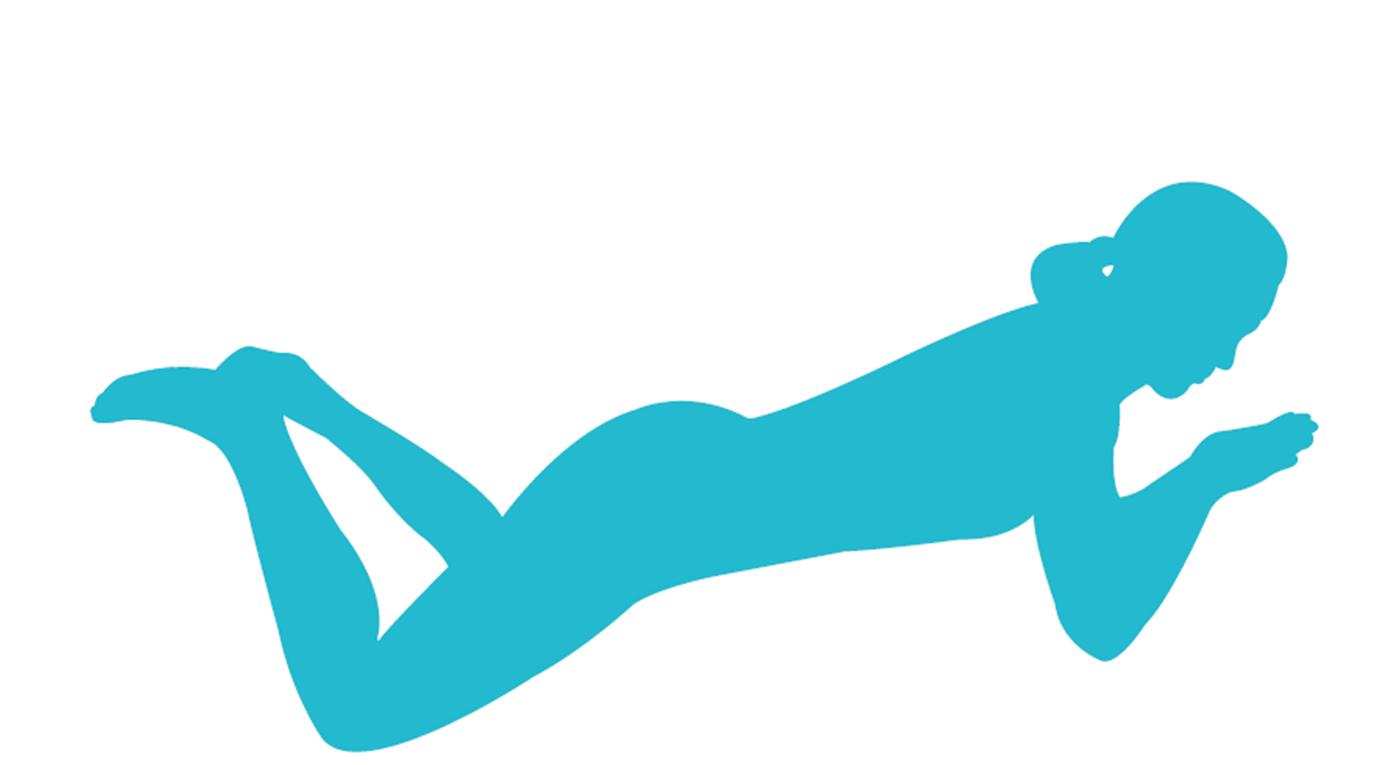
-
Breaststroke Burns 195 calories*
- “This stroke is an excellent body workout, but you may find that you can’t hold the same intensity as you would for front crawl. The arms stroke phases include a recovery forward, an outsweep, an insweep where your hands meet below your chest and then recovery. All arm and leg movements occur below or at the water’s surface and you can keep your head above water.”
-

-
Butterfly Burns 507 calories*
- “This is both the most exciting to watch and the most difficult of the basic strokes. It’s quickly tiring as it requires a lot of strength and is also difficult to learn, as you need both an excellent wave-like body undulation and perfect timing for arm recovery to occur. That said, once mastered it’s an incredible all over body workout and will give you great upper body strength and tone.”
Swimming 101
Follow our simple tips to get the most from your water workouts
- Check the timings before you head to your local pool so you can try to avoid going at peak times when it will be busy. You should also find out when public lanes are available. Some locations also offer female-only slots, so keep an eye out for those if it would make you feel more comfortable when exercising.
- Find out if they have any offers or multi swim cards to find the best value for money deal for you.
- Keep swimming etiquette in mind to avoid lane rage (which actually exists!). Pick the right lane for your ability – many pools will have separate fast, medium and slow lanes – and head to the one with the least amount of people.
- Let faster swimmers through – they will signal that they’re behind you by tapping your foot. Simply move to the side to give them room to pass.
- “After a workout, always cool down in the pool with a few lengths of back stroke so that you’re using the opposing muscle groups, meaning that your workout has worked both posterior and anterior chains,” says Sam Page, swimming coordinator at David Lloyd Port Solent.
- “Once you’re out of the water, stretch as you would with land-based training. Another great form of exercise which assists with swimming is Pilates, as this increases the flexibility and strength of your muscles,” explains Sam.
- Tuck your locks into a swimming cap to protect them – you could even apply a deep moisturising treatment to really multitask. Once you’re out of the water, wash your tresses and apply a leave-in conditioner to nourish your hair.
- Your skin also needs to be taken care of. Make sure you drink plenty of water as dehydration will make chlorine damage worse. Once you’ve dried off after a session, apply body oil to dry areas and follow up with an intensive moisturiser.
Swim to slim
Try this swimming weight loss plan, created for us by Zoe Liokalou-Lensbury. Simply choose your level and complete the sets as part of a 20-40 minute swim, three times a week. You’ll soon be on your way to reaching your slimming goals. “Don’t worry about the frequent breaks,” says Zoe. “Swimming is different to other workouts, as your heart rate stays raised for at least 30 seconds after a few laps. Pick one or two or all of the sets and add them to each of your sessions. You can mix it up by using different strokes, adding more distance and lessening the rest in between each set.”
Level: beginner
- 8x25m – Front crawl with a 30 second rest after each lap
- Pyramid of 25m-50m-75m- 100m-75m-50m-25m – Front crawl with a 30 second rest at each step
- 4x50m – Front crawl with a 30 second rest after each lap
3x75m – Front crawl sprint the first length on the first 75m, the second length on the second 75m and sprint all three lengths on the third 75m with a 30 second rest between each 75m
Level: intermediate
- 8x50m – Front crawl with a 30 second rest after each lap
- Pyramid of 50m-100m-150m- 200m-150m-100m-50m – Front crawl with a 30 second rest at each step
- 8x50m – Front crawl with a 30 second rest after each lap
- 4x100m – Front crawl – sprint the first length on the first 100m, the second length on the second 100m, the third length on the third 100m and sprint all four lengths on the fourth 100m with a 30 second rest between each 100m
Not only your physical health but your mental wellbeing will also improve with a nice swim. Click here to learn how swimming can make you calmer!









